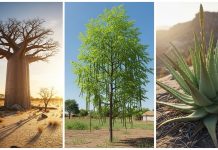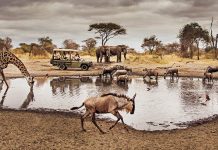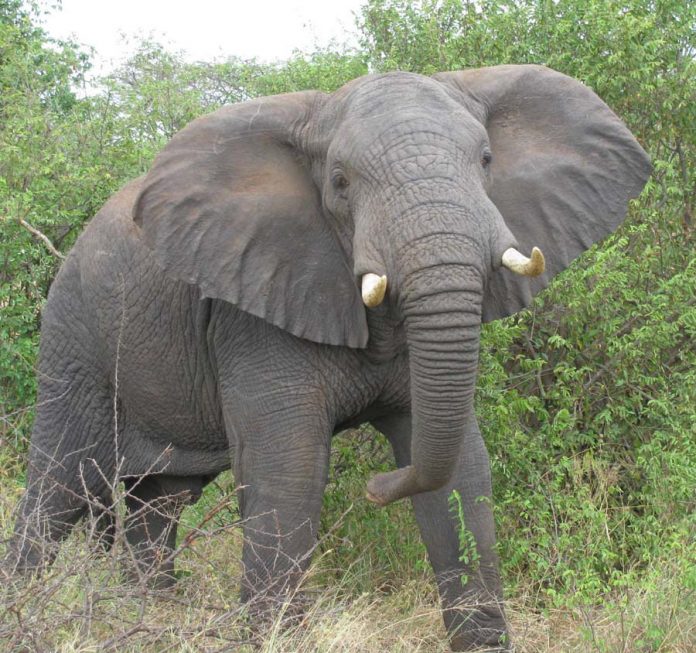Elephants are in the news. Not many Nigerians know there are elephants in Nigeria. Well, there are. And the news is that they are causing havoc in Lagos and Ogun communities. Elephants from Omo Forest Reserve in Ogun State are said to be on a rampage in some communities.
The Chairman of Active Hunters’ and Farmers’ Club at Epe, Alhaji Ajagunoba Aribada, was quoted as saying in a November 19 report: “We have been facing this situation for the past seven months. The elephants have destroyed all our banana, plantain and cassava farms. We can’t even reach the other parts of the farm because the nursing female elephants are aggressive. This has caused food scarcity in the community.”
Corroborating this disturbing account, the village head of Oki Gbode Imobi, Baale Adeleke Olaitan, said: “Nobody can go to the farm for fear of being attacked. The elephants have eaten all the cassava crops and plantain on the farms. We want them out.”
The elephant invasion has also affected fishing business in the community. “The elephants enter the river to drink and bathe and ruin all the fish traps,” said Ismaila Lekan. “My mother who is into fish business can no longer go about her business because of the fear of the elephants.”
Why did the elephants move out of the reserve, described as “one of the last few elephant habitats in Nigeria”? Farming and quarry activities are to blame. The elephants forced to leave the reserve now roam at the Ogun-Lagos border, where Imobi – Itasin – Epe lagoon communities are located.
The next question is: How were the elephants able to move out of the reserve? If the elephants had a reason to leave the reserve, that shouldn’t mean they must have a way to leave. The elephants were able to leave the reserve because they could.
If the reserve were properly managed, farming and quarry activities would not have been issues. Wildlife conservation is a serious issue. A report to mark World Elephant Day on August 12 said: “The Wildlife Conservation Society has outlined and advocated the need to increase aerial surveillance in strongholds, train and deploy more rangers in the protected areas, supply new rangers with equipment, assist the authorities in tracking and shutting down trafficking networks, and grow our community development programmes to support local communities to co-exist with wildlife.”
There are plans to create a wildlife sanctuary within Omo Forest Reserve. The authorities should take action.

















